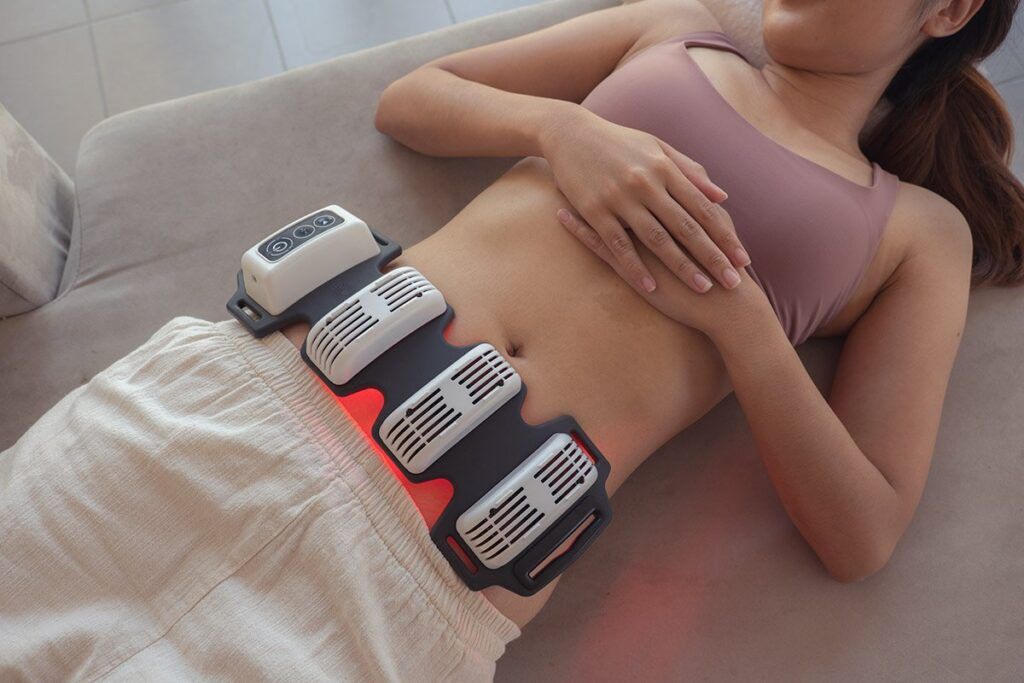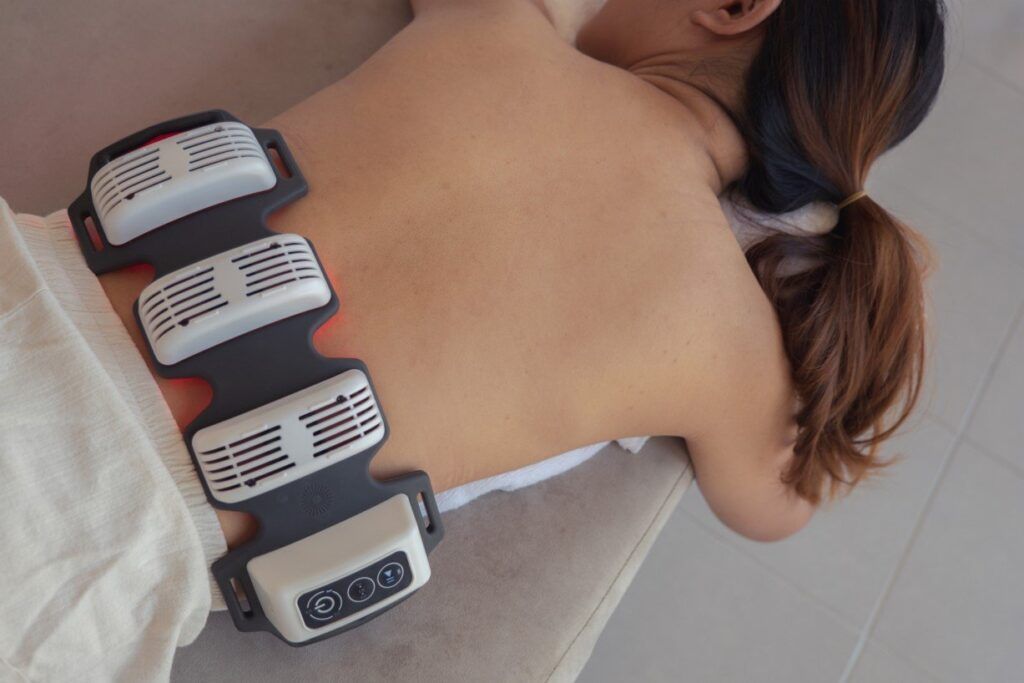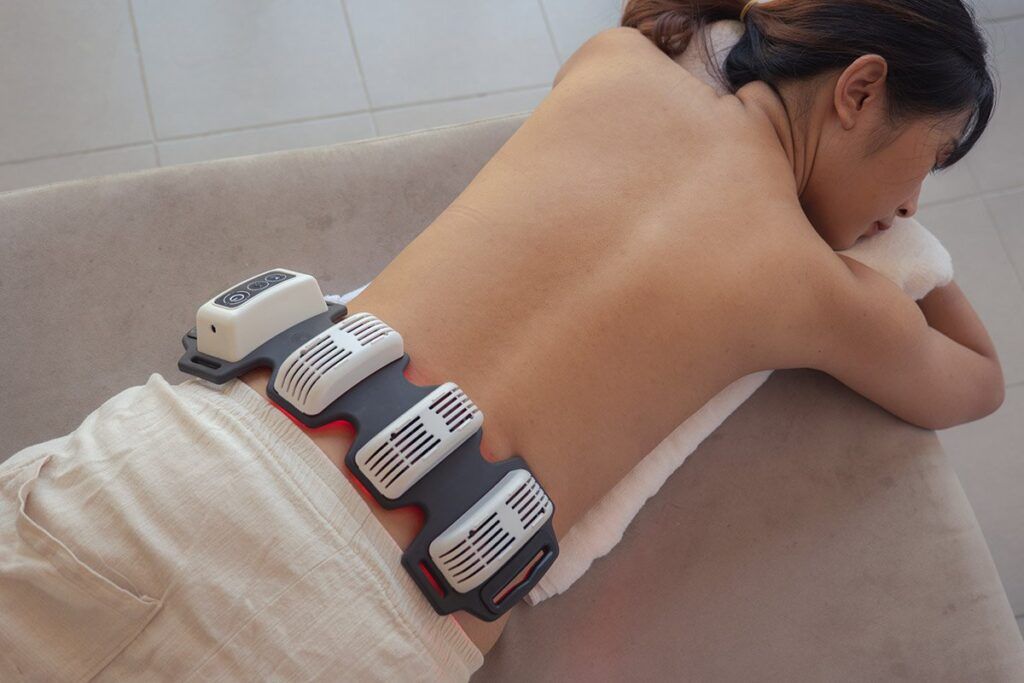Your cart is currently empty!
Pelvic Floor Dyssynergia: 3 Words No Woman Wants to Hear
Statistics tell us that, pelvic floor dysfunction affects more women than men. Pregnancy is one of the factors that contribute to pelvic floor dysfunctions. However, even disorders such as pelvic floor dyssynergia are more frequent with women who never gave birth than with men.
Pelvic floor disorders range from being uncomfortable to significantly reducing the quality of life of the women experiencing this disorder. Moreover, research shows that there is a significant correlation between pelvic floor dysfunction and depression in women.
The stigma that surrounds pelvic floor dyssynergia and other similar disorders can be a contributing factor to women not seeking help from medical professionals.
Furthermore, some even suffer the symptoms in silence and experience feelings of shame without trying to address the problem. Either way, this is a huge women’s health problem that deserves more focus and awareness.
What Is Pelvic Floor Dyssynergia?
Pelvic floor dyssynergia is a type of pelvic floor disorder or pelvic floor dysfunction (PFD). This type of disorder involves uncoordinated muscles of the pelvic floor which results in difficulties with bowel movements.
Pelvic floor muscles play an important role in regulating bowel movement because they contract to prevent leakage. During the bowel movement, they relax. However, those who suffer from pelvic floor dyssynergia have difficulties getting the pelvic floor muscles to relax, resulting in constipation.
Pelvic Floor Dyssynergia Symptoms
These are the most common symptoms of pelvic floor dyssynergia:
Constipation – due to the inability to contract and relax pelvic floor muscles, constipation is the first and the most defining symptom of pelvic floor dyssynergia. Constipation sometimes causes excessive straining and sometimes even digital evacuation. Patients with PFD can have 3 or fewer bowel movements per week.
Difficult urination – this symptom can be in relation to the dysfunction of the pelvic floor muscles. However, it can be a symptom that co-occurs with dyssynergia due to a common cause. More precisely, if the sacral and pudendal nerves, regulating pelvic floor muscles don’t function properly, it can also cause other issues, as well.
Pelvic floor pain – pain can be caused by muscle contractions, severe tightening, and other causes that can happen simultaneously with PFD.
Lower back pain – similar to pelvic floor pain, this can happen due to injury, nerve damage, muscle contractions, and other issues.
Pelvic Floor Dyssynergia Diet
This disorder should be treated and managed by a medical professional and a healthy diet cannot replace therapy. However, it is possible to alleviate some of the symptoms through a healthy diet that enables muscle relaxation and easier bowel movement.
As a rule of thumb, your diet should consist of high-fiber foods that prevent constipation. These include:
- Apples, raspberries, bananas, mangos, guavas
- Artichokes, spinach, beets, broccoli
- Beans and legumes
- Whole grains, wherever possible
- Lots and lots of water
Eggs, meat, and dairy products can cause constipation even with healthy individuals. Therefore, if the goal is to aid the dysfunctional pelvic floor muscles, it is advisable to stay away from these food groups or to consume them in moderation.
Pelvic Floor Dyssynergia Treatment
Traditional medicine offers several options as dyssynergia treatment, depending on the possible cause or symptoms. They include:
Pelvic floor exercises – these exercises, including the famous Kegel’s exercises help fortify the pelvic floor muscles and gain more control over their function. They can help avoid involuntary contractions and tightening.

Medication – medication usually focuses on pain management, as well as muscle relaxation. Pain management medications help alleviate the discomfort. Sometimes, muscle relaxants help with regulating their function. In some cases, doctors even use Botulinum injections.
Biofeedback and nerve stimulation devices – the idea behind these devices is to stimulate both sacral and pudendal nerves in case they are dysfunctional. There are different ways these devices achieve that, from pacemaker-type stimulation to probe sensors measuring muscle activity.
Surgery is sometimes used as pelvic floor dyssynergia treatment if the damage that’s causing it is structural and doctors can solve it with a precise surgical procedure.
Red Light Therapy as Additional Pelvic Floor Dyssynergia Treatment
Red light therapy can help the body alleviate the symptoms of pelvic floor dyssynergia by energizing its natural healing process. There are several ways red light therapy can address this issue and help your body deal with it.
Pain management – red light therapy can be an effective pain relief tool. One of the ways it can help deal with pain is by increasing the blood flow to the painful area. In that way, the oxygen reaches all the affected areas, stopping the pain that occurs due to the deoxygenation. Therefore, this eliminates the cause of the pain. Another way of pain management is boosting the secretion of pain-killer hormones. Endorphins can help reduce pain levels and red light therapy can be effective in boosting endorphin production.
Pelvic floor muscle relaxation – Red light therapy can have relaxing effects on the muscle tissue. If the correct wavelength is used, red and near-infrared light can penetrate into the muscle tissue and help the involuntary tightness. Red light also stimulates the release of Nitric Oxide which aids muscle relaxation processes.
Sacral nerve stimulation – damage to the sacral and pudendal nerves can cause them to send signals to the pelvic floor muscles that cause pelvic floor dyssynergia. Therefore, red light therapy can be helpful in regenerating the nervous system and repairing the signaling pathways.
Can FlexBeam Help With Pelvic Floor Pain?
FlexBeam is not a medical device and it should not be used to make a diagnosis for treatments. However, it is a wellness device that uses a specific range of red light wavelengths to help boost feelings of wellbeing. FlexBeam uses red light therapy for wellness purposes.
One of the best things about red light therapy is that it is completely safe. There are no known side effects. It is also focused both on alleviating symptoms, but also on energizing the body’s natural healing potential. Namely, red and near-infrared light delivers energy to the body and the body distributes it whenever it is needed most.
Founding member of Recharge Health, Dr. Zulia Frost, recommends using FlexBeam in the following way in order to help your body’s natural healing systems deal with pelvic floor dysfunctions.
Step 1
- Placement: horizontally over lower abdomen
- Program: Infra Deep (3)
- Duration: 10-minutes
- Frequency: 3x/week for 3 weeks

Step 2
- Placement: horizontally over lower back – waistline
- Program: Infra Deep (3)
- Duration: 10-minutes
- Frequency: 3x/week for 3 weeks

Step 3
- Placement: over lower back sacrum
- Program: Infra Deep (3)
- Duration: 10-minutes
- Frequency: 3x/week for 3 week

Now, you can easily get red light therapy at home without having to invest in a huge panel. FlexBeam is a portable red light therapy device that packs all the energy and impact of a big red panel inside it.
It allows you to get your daily therapy whenever you want to and be as discreet about it as you like. As long as you keep your FlexBeam directly to your skin, and make sure the fans are not covered, you can do about your day while wearing it.
